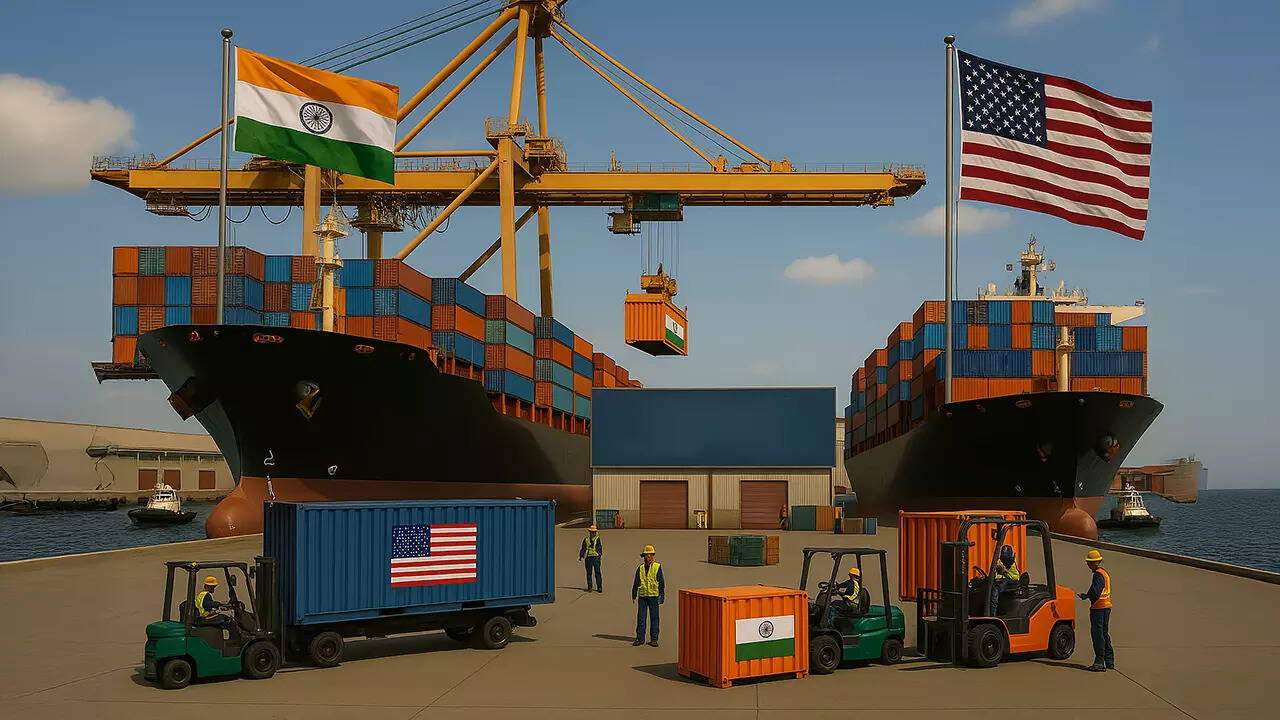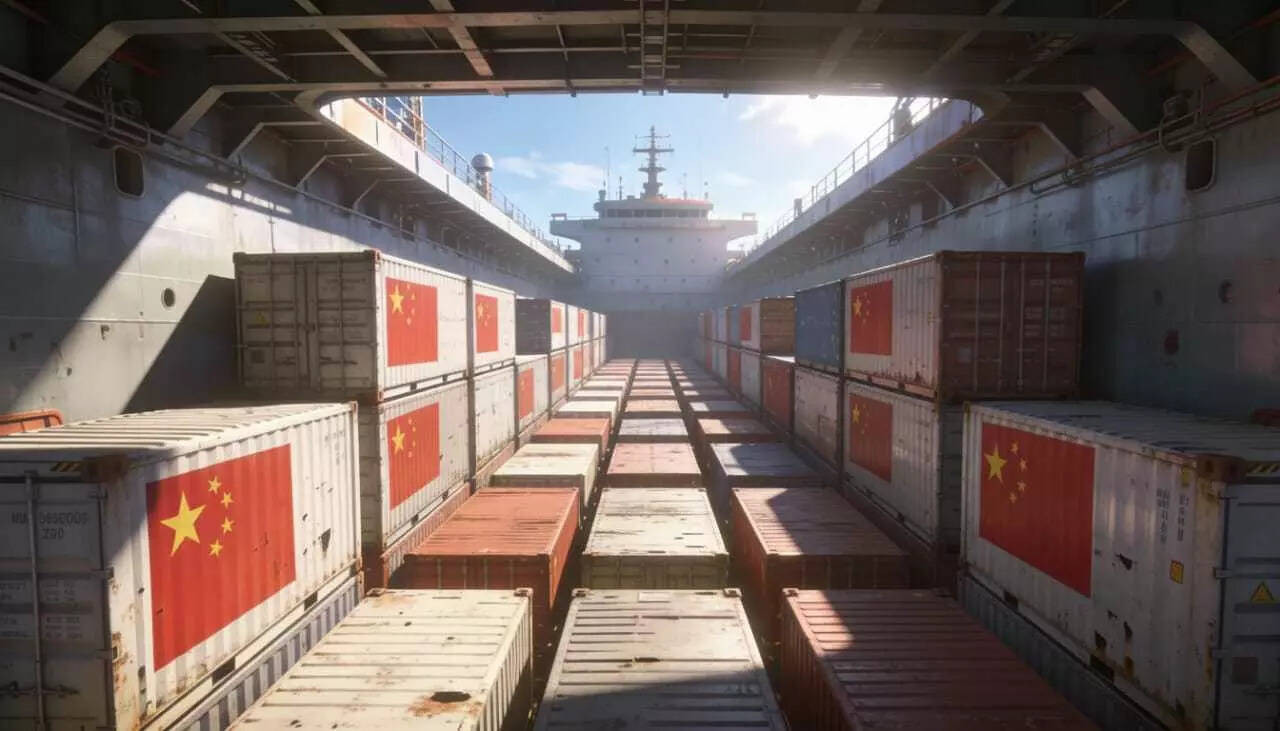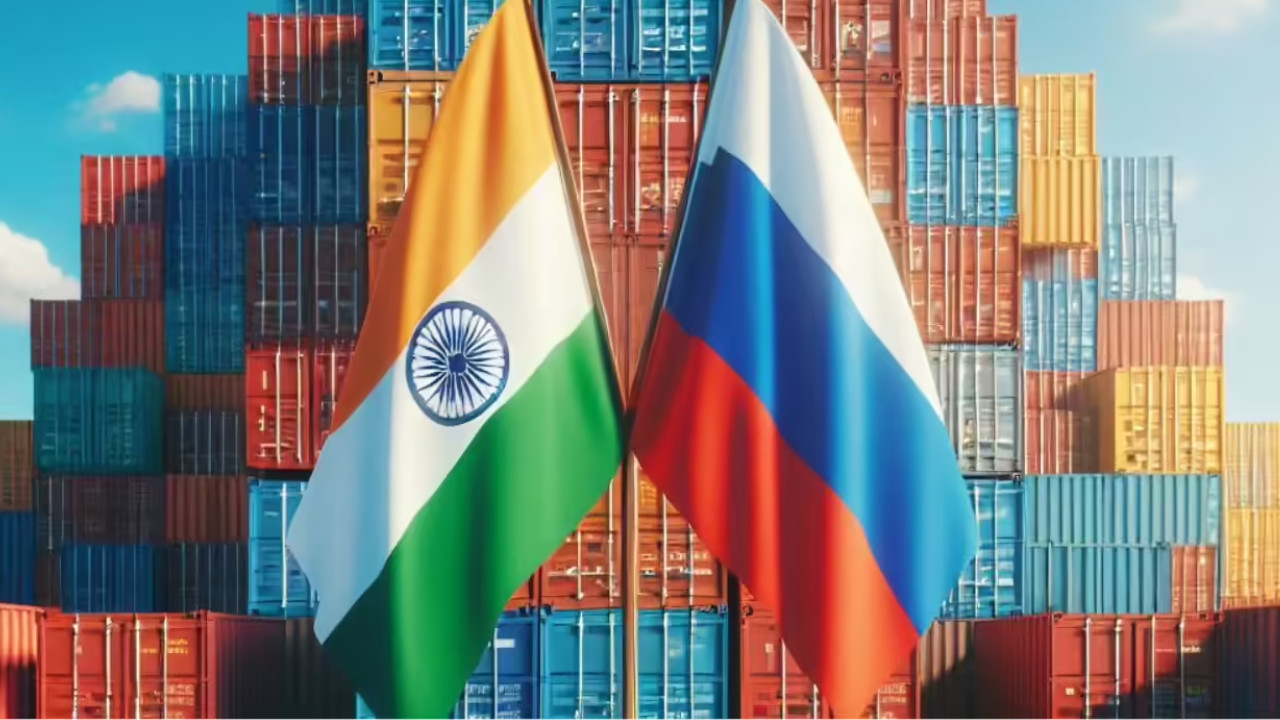India and the US are accelerating talks to finalize a trade deal before the revised August 1, 2025, tariff deadline. An Indian delegation is in Washington to negotiate the agreement’s initial phase. Discussions aim to resolve issues in agriculture and automotive sectors, seeking a mutually beneficial arrangement.
India and the US: A Trade Tango Heating Up?
The dance between India and the United States when it comes to trade agreements has been a long and intricate one, full of dips, turns, and occasional near-collisions. But recent pronouncements suggest the tempo is picking up, hinting at a potential breakthrough sooner rather than later. Commerce and Industry Minister Piyush Goyal recently painted a picture of energized negotiations, suggesting both nations are keen to iron out the wrinkles and solidify a stronger economic partnership.
Forget the image of glacial bureaucracy; Goyal’s comments point towards a flurry of activity behind the scenes. The ambition? To forge a mutually beneficial agreement that boosts trade and investment flows, fostering economic growth on both sides of the globe. But what’s fueling this renewed momentum?
Why Now? Unpacking the Impetus for an India-US Trade Deal
Several factors appear to be converging, creating a fertile ground for progress. Firstly, there’s a shared recognition of the immense potential that remains untapped. India, with its burgeoning economy and massive consumer market, is an attractive prospect for US businesses. Conversely, American technology, expertise, and investment capital are crucial ingredients for India’s ambitious development plans.
Beyond pure economics, geopolitical considerations also play a significant role. Both India and the US share concerns about regional stability and the need for a balanced global order. Strengthening their economic ties serves as a powerful signal of their strategic alignment and shared commitment to these goals.
Furthermore, there’s the looming shadow of deadlines. While not explicitly stated, pressure to deliver results before potential shifts in political landscapes likely adds urgency to the negotiations. No one wants to see all this hard work derailed by unforeseen circumstances.
Navigating the Murky Waters: Key Challenges to Agreement
Of course, the path to a comprehensive trade agreement is rarely smooth. Several sticking points have traditionally hampered progress, and overcoming these will require careful negotiation and compromise from both sides.
One key area of contention revolves around market access. American businesses have long sought greater access to India’s agricultural and manufacturing sectors, while India seeks preferential treatment for its exports to the US, particularly in areas like textiles and pharmaceuticals. Finding a balance that satisfies both sides’ interests is a delicate task.
Intellectual property rights are another potential minefield. The US has often expressed concerns about India’s enforcement of intellectual property laws, while India argues for flexibilities that allow it to produce affordable medicines for its population. Bridging this divide requires a nuanced approach that protects innovation while addressing public health needs.

Furthermore, domestic political sensitivities on both sides need to be carefully managed. Any agreement will need to be palatable to key stakeholders, including farmers, manufacturers, and labor unions. This requires clear communication and a willingness to address their concerns. You might also be interested in reading about other key international trade relationships.
Beyond Tariffs: The Scope of a Modern Trade Agreement
While tariffs often dominate headlines, modern trade agreements encompass a much broader range of issues. They can cover everything from digital trade and investment rules to environmental standards and labor rights. A comprehensive agreement between India and the US could set a new benchmark for trade partnerships in the 21st century.
The discussions are not just about slashing tariffs; they’re about creating a stable and predictable environment for businesses to operate in. This includes harmonizing regulations, streamlining customs procedures, and ensuring fair competition.
If successful, the benefits could extend far beyond increased trade flows. A strong India-US trade agreement could foster innovation, create jobs, and boost economic growth on both sides of the Pacific. It could also serve as a model for other countries seeking to deepen their economic ties.
Looking Ahead: A Promising Outlook
The signals coming out of both India and the US suggest a renewed commitment to forging a stronger economic partnership. While challenges remain, the potential rewards are too significant to ignore. The next few months will be critical as negotiators work to bridge the remaining gaps and finalize an agreement that benefits both nations. The intensified pace and the acknowledged potential on both sides provides room for cautious optimism. Whether this optimism converts into a tangible, game-changing trade deal remains to be seen, but the direction certainly seems promising.







